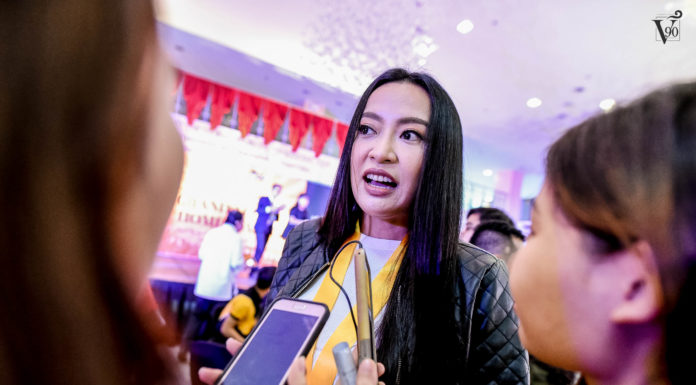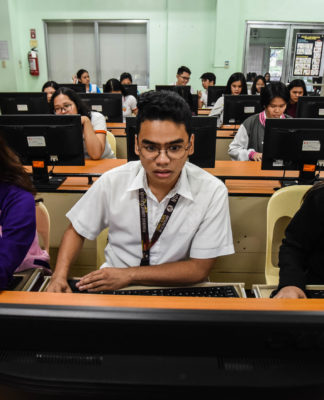ATTENDANCE and punctuality are now “technological” musts at the College of Architecture.
To better monitor the daily time record of professors, the college has bought a state-of-the-art device called the biometric bundy system.
Professors now have to have their fingers scanned by the machine, which has a fingerprint database, to record their attendance.
“Before this system was (introduced), the attendance of the faculty members was checked by a staff that would go around the building and check each classroom,” Architecture Dean John Joseph Fernandez said. “And because (Beato Angelico) is an eight-storey building, by the time (the staffer reaches a classroom), half of the period has already passed. So you wouldn’t know who came in late and if the classes are already dismissed.”
The faculty attendance report was often questioned because of instances when professors and the attendance checker missed out on each other, Fernandez added.
With the new biometric system, the responsibility for the attendance now lies on the professors, he said.
The device, which costs around P25,000, was bought during the semester after the college decided to revamp the way attendance is checked.
“The regulation here is that you cannot time-in earlier than 5 minutes before the (class) and you only have to time-out 5 to 10 minutes after the time,” the dean said.
Since professors are required to time-out within minutes after their respective classes, they will be compelled to maximize time and discuss each lesson in detail.
“Of course, if I am a faculty member and I will still be here until 9 p.m. I might as well stir the whole class to do something,” Fernandez said. “Kaysa sa pauwiin ko kayo at matitira ako sa classroom, magtrabaho na lang tayo pare-pareho. The time allotted for a subject is then maximized.”
The new device makes both professors and students efficient, Fernandez added.
Aside from a new bundy system, the door to the dean’s office is now electronic.
Before anyone can enter, one has to request permission to have the button near the door inside the office pushed. In exiting, the same button must also be pushed.
“The door is now electronic to let the students transact only at the window and to keep the laptops and other technical equipment secured,” Fernandez said. “Also, this is to keep the office from being cramped with students come examination time.”
Architecture is testing the system before other colleges follow suit.
“If the administration finds it effective here, they might use the same system in the different colleges,” Fernandez said. “Right now, we are the ‘guinea pig’ of this new system.”














